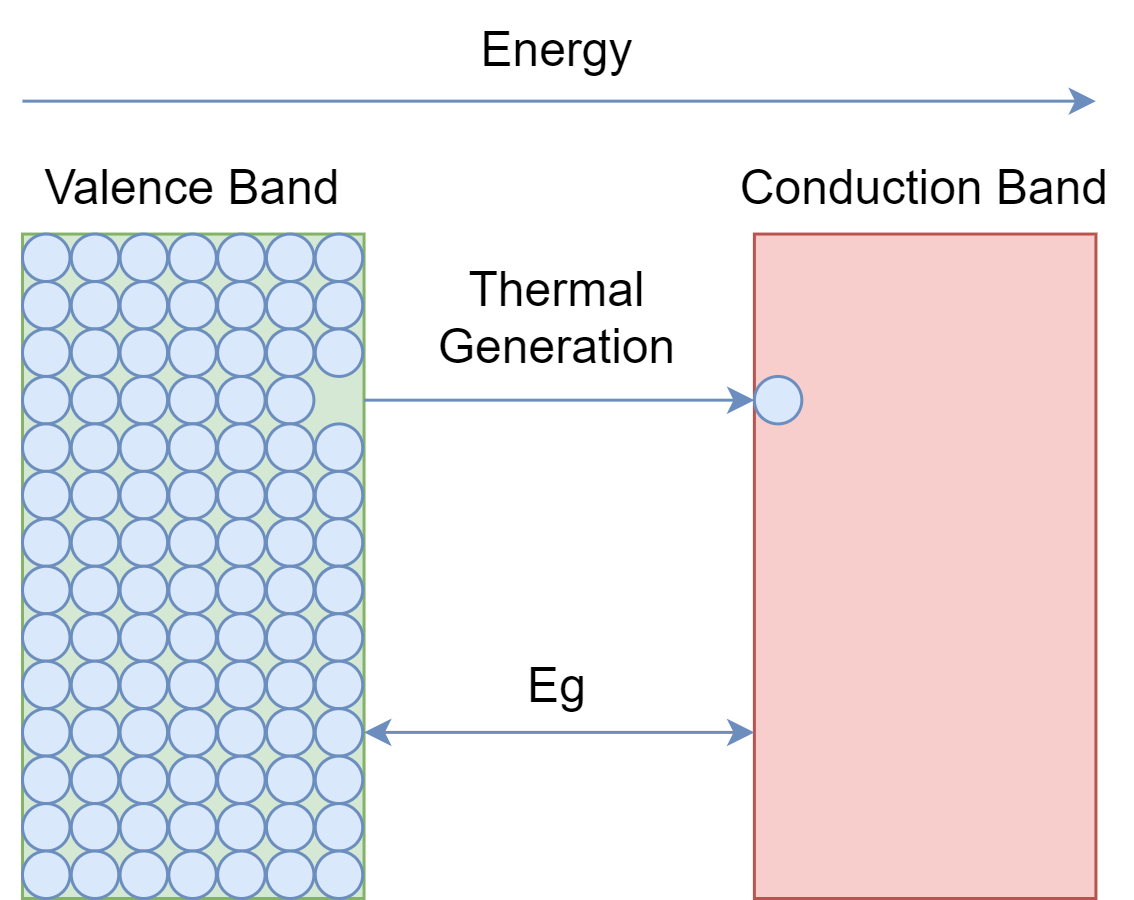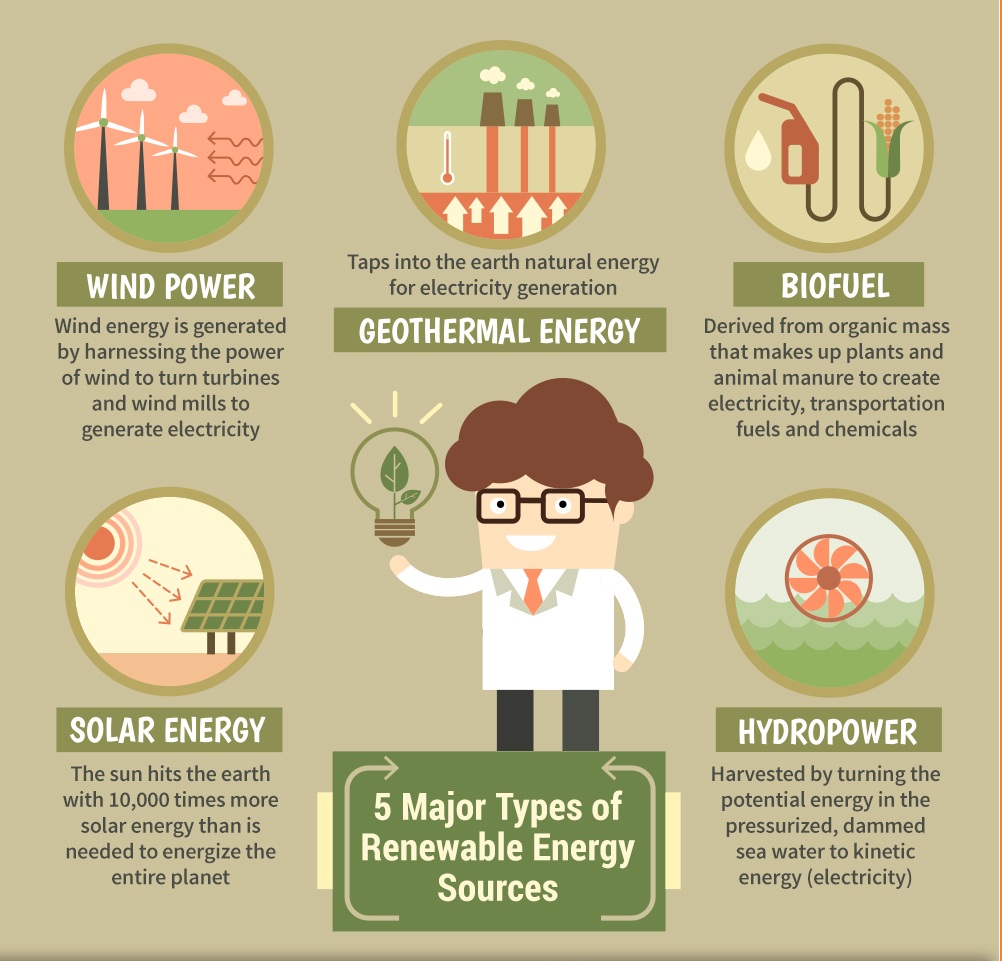Energy Gap Semiconductor Presentation
| Introduction to Energy Gap Semiconductors | ||
|---|---|---|
| Energy gap semiconductors are materials with a moderate energy gap between their valence and conduction bands. The energy gap determines the ability of a semiconductor to conduct electricity. Examples of energy gap semiconductors include silicon (Si), germanium (Ge), and gallium arsenide (GaAs). | ||
| 1 | ||
| Band Structure of Energy Gap Semiconductors | ||
|---|---|---|
| Energy gap semiconductors have a valence band filled with electrons and a conduction band empty or partially filled with electrons. The energy gap between the valence and conduction bands allows for the controlled flow of electrons. The size of the energy gap determines the conductivity properties of the semiconductor. | ||
| 2 | ||
| Types of Energy Gap Semiconductors | ||
|---|---|---|
| Intrinsic semiconductors have a pure crystal structure and exhibit limited conductivity at room temperature. Extrinsic semiconductors are doped with impurities to enhance conductivity. N-type semiconductors are doped with elements that provide extra electrons, making it easier for current flow. | ||
| 3 | ||
| Applications of Energy Gap Semiconductors | ||
|---|---|---|
| Energy gap semiconductors are the foundation of modern electronic devices such as transistors, diodes, and integrated circuits. They are used in solar cells to convert sunlight into electricity due to their ability to absorb and release photons. Energy gap semiconductors are also used in optoelectronics, lasers, and LEDs for their ability to emit and control light. | ||
| 4 | ||
| Challenges and Future Developments | ||
|---|---|---|
| Improving the efficiency of energy gap semiconductors is a major challenge in the field of renewable energy. Research is focused on reducing the energy gap to enhance conductivity while maintaining stability. New materials, such as perovskites and organic semiconductors, are being explored for their potential in energy conversion and electronic applications. | ||
| 5 | ||
| Conclusion | ||
|---|---|---|
| Energy gap semiconductors play a crucial role in modern technology, enabling the development of electronic devices and renewable energy solutions. The size of the energy gap determines the conductivity properties, allowing for controlled flow of electrons. Ongoing research and development aim to improve the efficiency and stability of energy gap semiconductors for future applications. | ||
| 6 | ||



